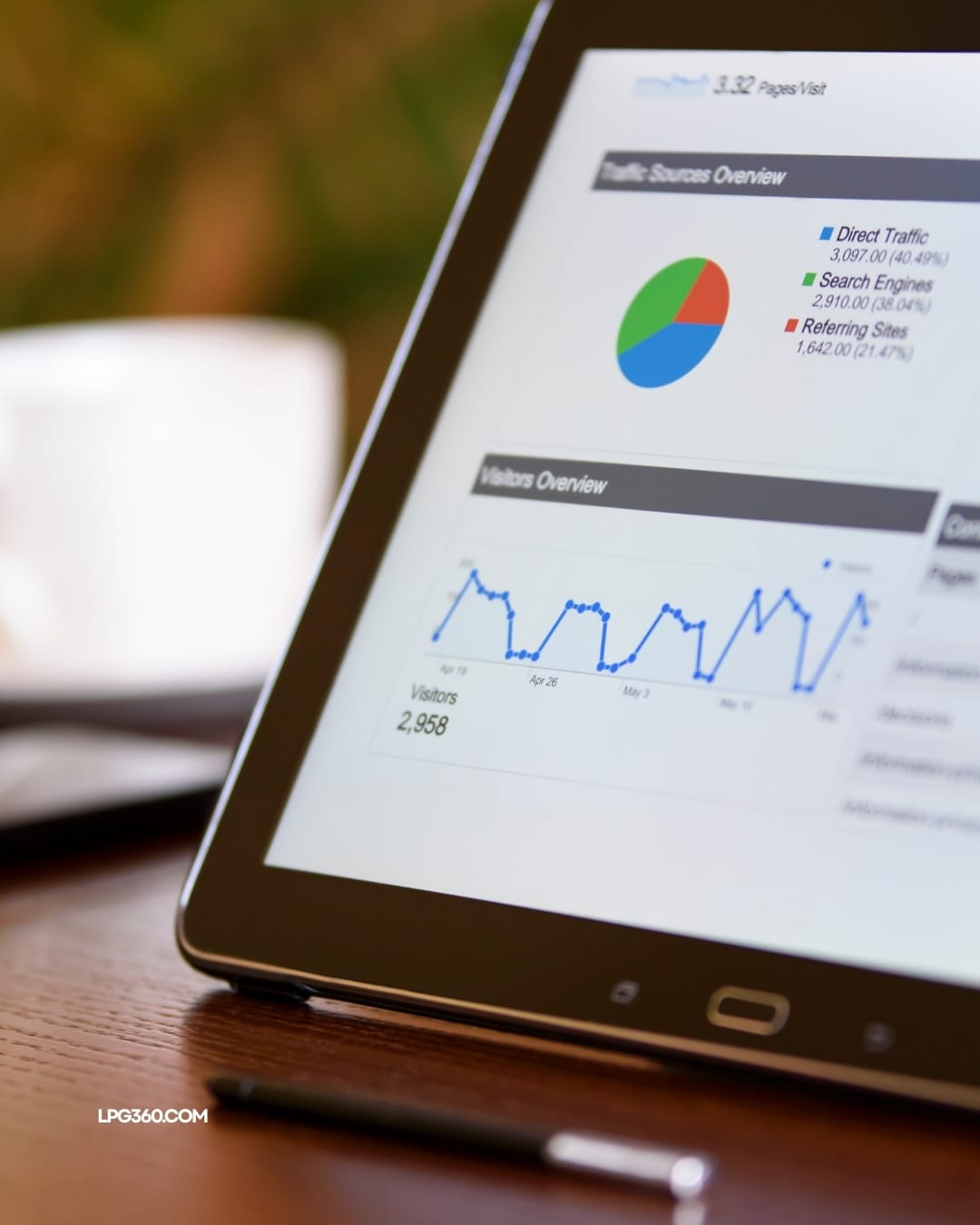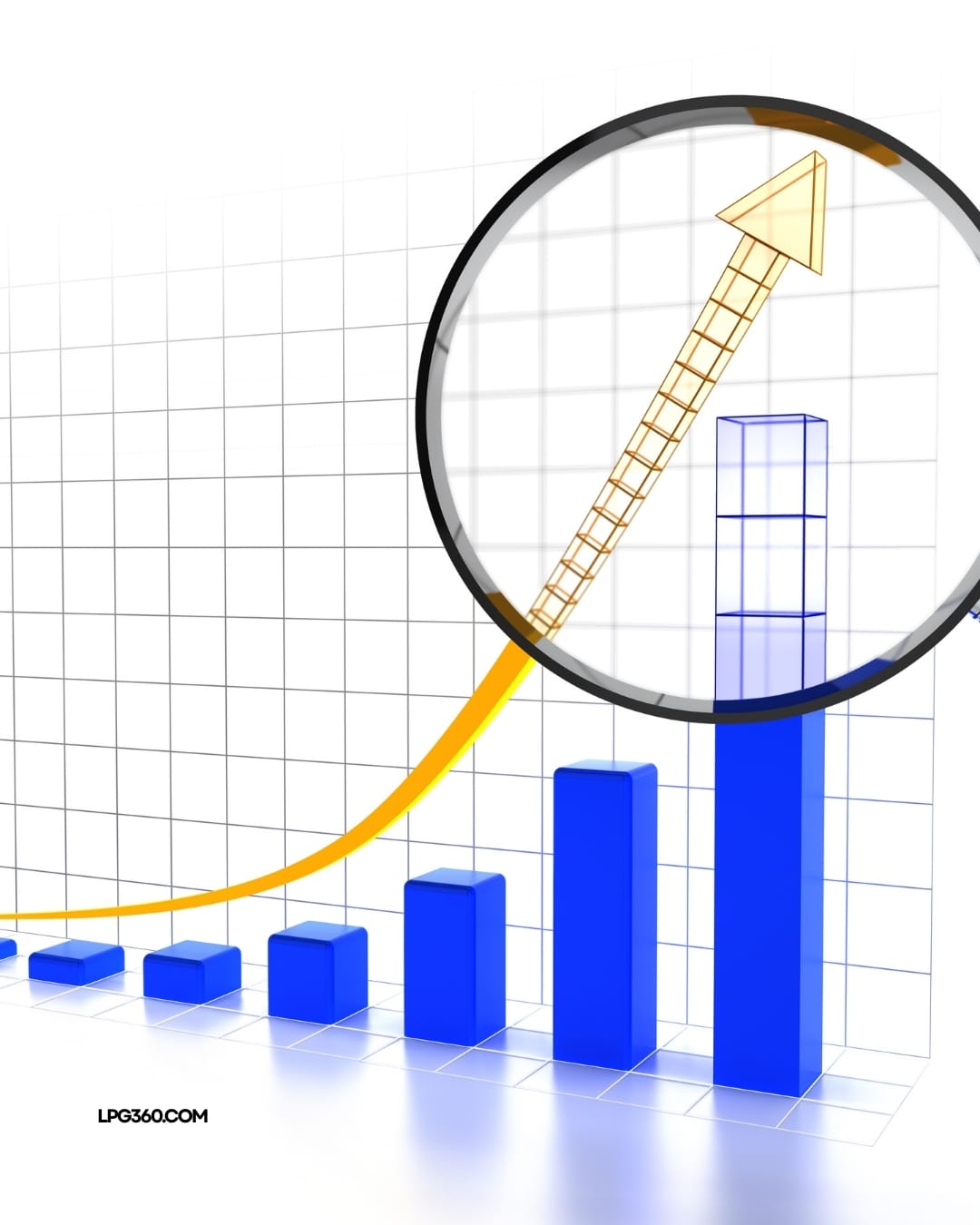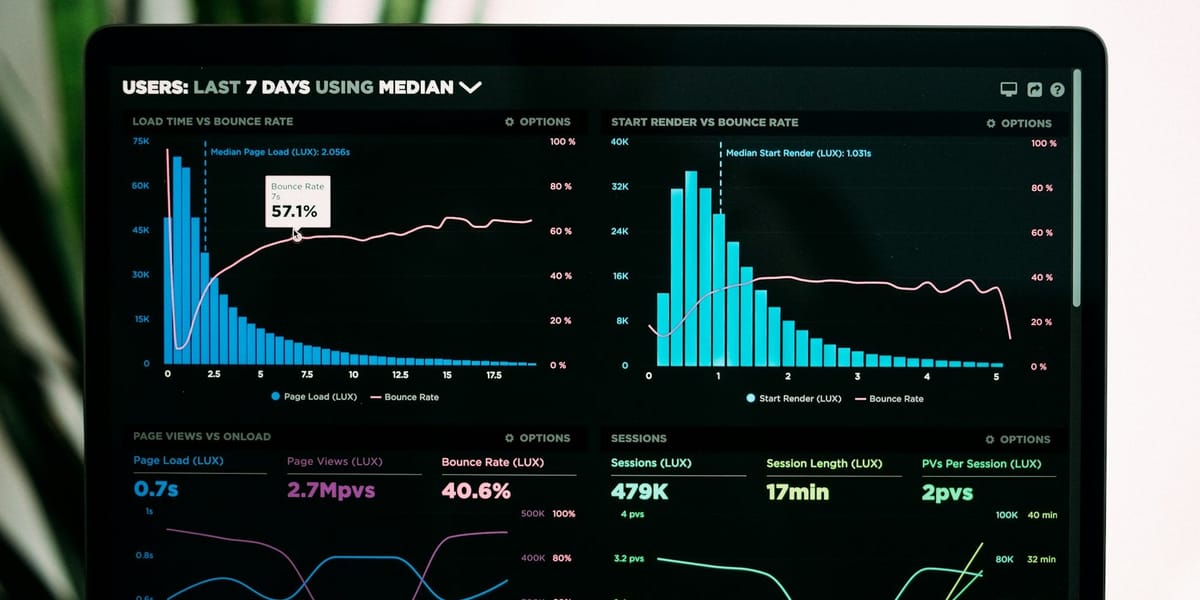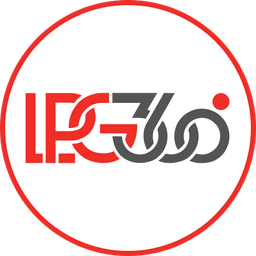Understanding LPG Demand Shifts: A Fresh Look at Global Consumption Patterns.

Liquefied Petroleum Gas (LPG) remains a vital component of the global energy mix. However, the dynamics of its consumption and trade are evolving rapidly. From residential use to industrial and automotive applications, shifts in consumer behavior, regulations, and global energy goals are reshaping LPG demand. In this LPG analysis, we explore recent trends influencing demand across various regions and sectors—and what they could mean for the future of the industry.
1. Residential Consumption Still Dominates
Residential usage, especially for cooking and heating, continues to be the largest sector consuming LPG, particularly in developing countries. Governments in Asia and Africa are investing in clean fuel initiatives, replacing traditional biomass with LPG to improve indoor air quality and reduce deforestation. This is expected to drive sustained growth in domestic consumption.
2. Industrial and Commercial Demand on the Rise
Industries are increasingly turning to LPG as a clean-burning, cost-effective alternative to diesel and other heavy fuels. Sectors like ceramics, metal processing, and food production appreciate LPG’s consistent heating value and lower emissions. The commercial sector, including hotels and restaurants, is also adopting LPG for efficiency and cleanliness.
3. Auto LPG Gains Ground in Urban Centers
Auto LPG, or autogas, is making a quiet comeback in several urban areas where stricter emissions regulations are pushing for alternatives to petrol and diesel. Countries like India, South Korea, and Turkey are leading in the number of LPG-fueled vehicles, supported by incentives and growing refueling infrastructure.
4. Seasonal and Regional Variability
Demand patterns for LPG vary significantly across seasons and regions. For instance, winter spikes in Europe and North America contrast with steady, year-round usage in tropical regions. Analysts are increasingly using weather forecasting and AI tools to predict consumption patterns more accurately and improve supply chain planning.

Conclusion:
As energy landscapes evolve, so too does LPG’s role in global markets. Its versatility, cleaner combustion, and cost-effectiveness ensure it remains relevant. But keeping up with demand shifts—whether regional, seasonal, or sectoral—is key for producers, suppliers, and policymakers. Strategic analysis of these patterns enables better forecasting and smarter decisions for the future of LPG.
#LPG LPG360 #LPGAnalysis #GlobalEnergyTrends #CleanFuel #LPGMarketInsights #EnergyForecast #AutoLPG #ResidentialEnergy #IndustrialFuel #LPG2025 #SustainableFuel #GlobalLPG #LPGDemandTrends #LPGConsumption






